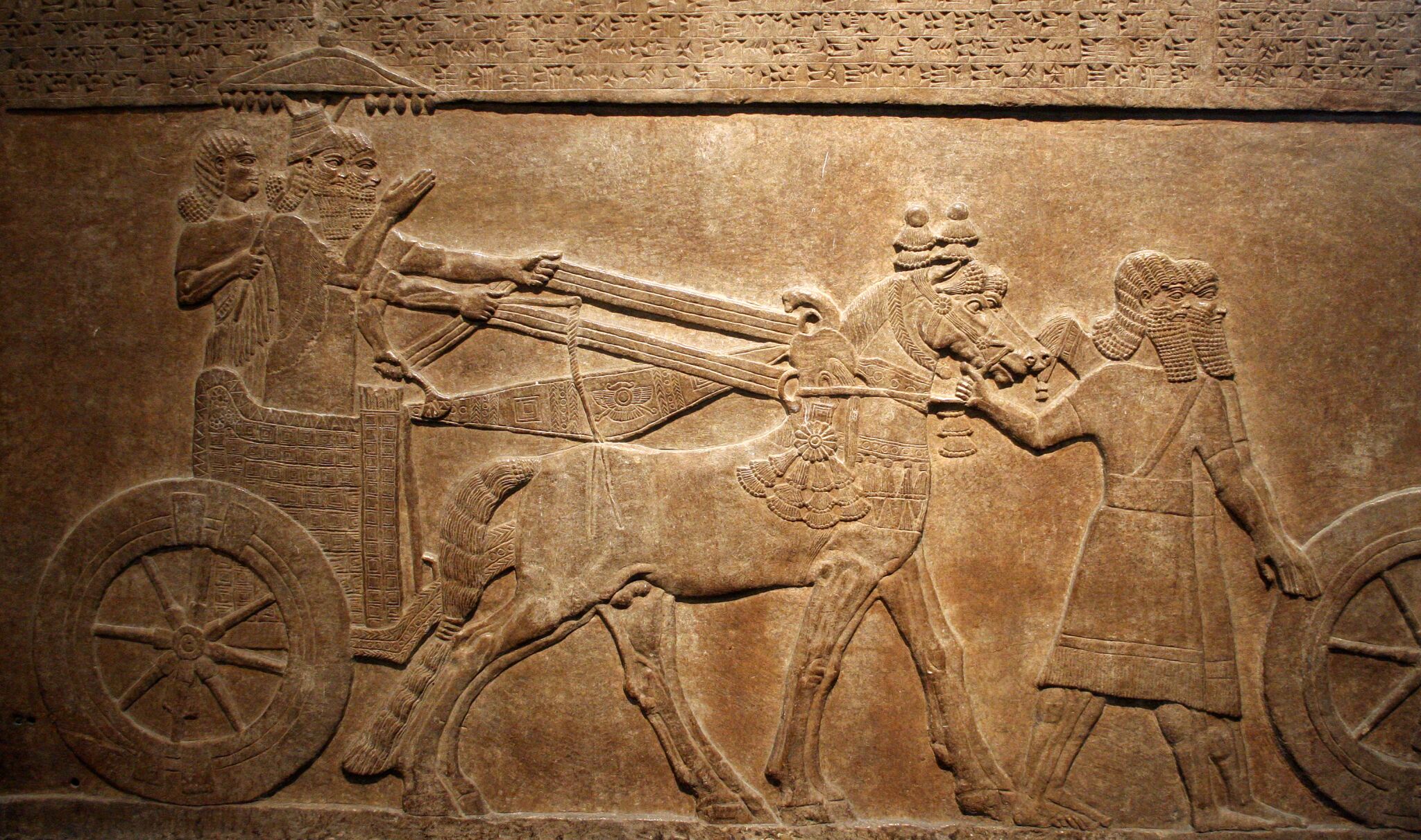Early in the eighth century b.c.e., the nation of Assyria was weak politically and militarily. It was under the dominion of its northern neighbor, Urartu. When a weak king came to power in Urartu in 746–745 b.c.e., Assyria rebelled and a new ruler emerged. Pulu (or Pul) assumed the name Tiglath-Pileser iii after one of Assyria’s greatest kings. Tiglath was the governor in Nimrud, and although he was not from the royal line, he was of royal blood.
Tiglath is the king mentioned in 2 Kings 15, to whom a king of Israel paid tribute. How did Tiglath-Pileser iii transform Assyria from a group of fractured provinces into a mighty empire?
Due to the fragmented condition of the Assyrian nation, Tiglath-Pileser first reorganized the government to ensure that there would not be another coup. He consolidated power unto himself and restricted the power of the local rulers. Assyria had 12 provinces, but the new king further divided the land into 25 provinces, making it easier for him to control and maintain the government.
Tiglath-Pileser also restructured the military. Instead of compulsory enlistment, Tiglath required a small levy of soldiers from each province to be professionally trained year-round. This effectively created the world’s first professional army.
Now that Tiglath had settled things at home, he set out to use his new professional army. First he moved east and then north against Babylon and the Medes, bringing them under Assyrian rule. Next, he looked westward toward Syria. When he went to Arpad, he received tribute from nearby kings. One of those kings was Menahem of Israel (2 Kings 15:16-22) and another was King Rezin of Syria (2 Kings 16:5-9).
This tribute was recorded on the Stele of Tiglath-Pileser iii, or the Iran Stele. The exact time and place of its discovery are unknown, but it is believed that the stele was found in western Iran. It probably wasn’t long after its discovery that it first came to the attention of Luis Levine in 1967.
Tiglath-Pileser had two main campaigns: the first in 744 b.c.e. and the second in 737 b.c.e. This stele is from the second campaign.
The stele reads: “I received from … Rezin of Damascus, Menahem of Samaria, Hiram of Tyre … gold, silver ….” This inscription squares perfectly with the biblical account in 2 Kings 15. “There came against the land Pul the king of Assyria; and Menahem gave Pul a thousand talents of silver, that his hand might be with him to confirm the kingdom in his hand” (verse 19). A king was doing evil in the sight of the Lord (verse 18) and along came Assyria as a warning of what was to come for the northern tribes of Israel. Menahem sent Tiglath, or Pul, this tribute hoping to keep him at bay. The latter half of verse 20 reads: “So the king of Assyria turned back, and stayed not there in the land.” This, too, is recorded in the Iran Stele. Tiglath wrote: “[T]he place of Samaria only did I leave their king.”
This tribute to Tiglath-Pileser was only a temporary solution; it wasn’t long until Assyria came marching back for more.
The Iran Stele provides secular evidence proving the biblical record of this ancient Israelite king’s existence and of his paying tribute to Assyria.
